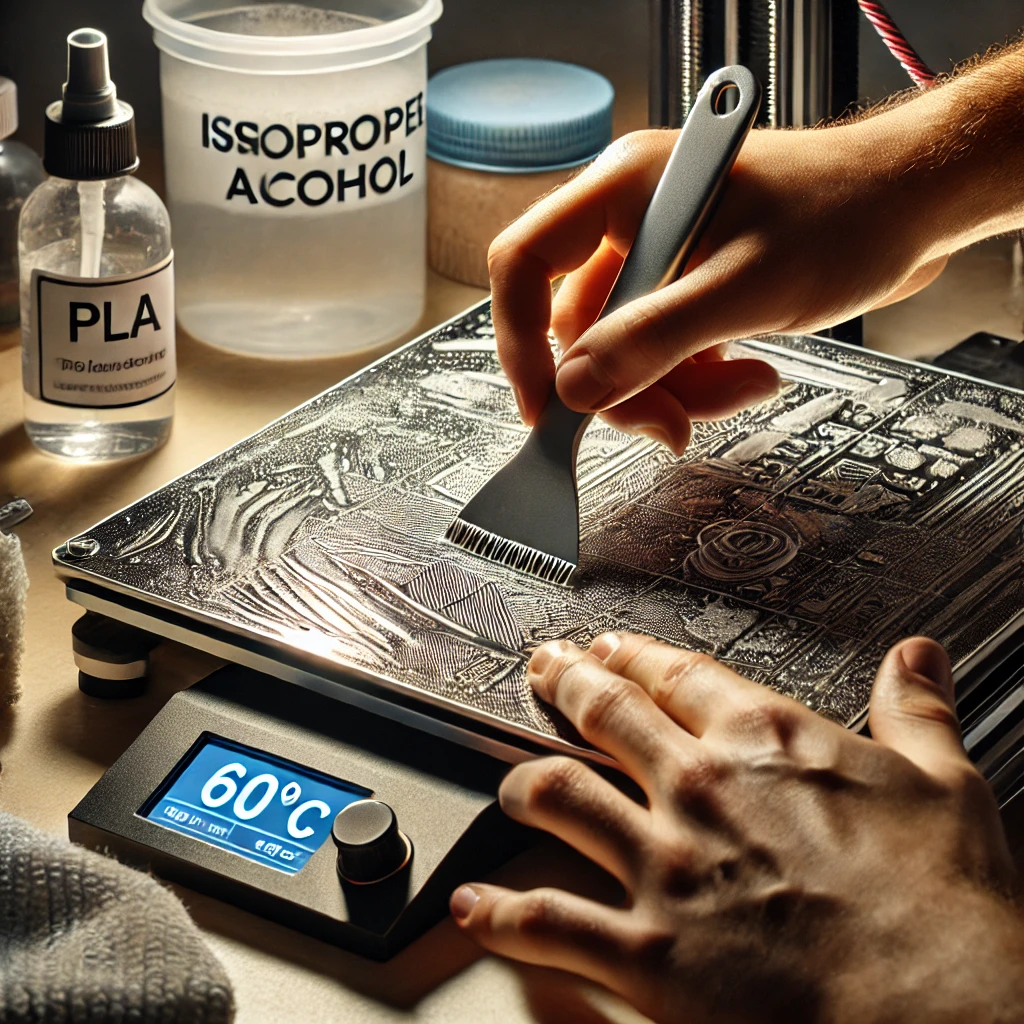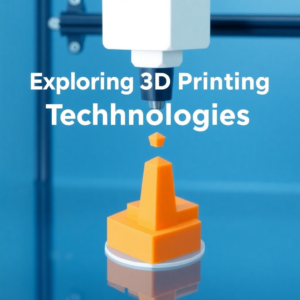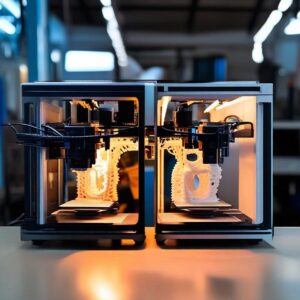How to Effectively Remove PLA Residue from Your 3D Printer Bed

Keeping your 3D printer bed clean is crucial for achieving high-quality prints. Over time, PLA residue can build up on the print bed, leading to poor adhesion and print defects. In this guide, we will discuss several effective methods to remove PLA residue from your 3D printer bed, ensuring a smooth printing experience.
Why Does PLA Residue Accumulate on the Bed?
PLA (Polylactic Acid) is a popular filament choice due to its ease of use and eco-friendliness. However, during the printing process, small amounts of PLA can adhere to the bed. This residue can accumulate over time, especially if the bed is not cleaned regularly. This buildup not only affects the adhesion of future prints but can also cause warping and other print failures.
Methods to Remove PLA Residue from Your 3D Printer Bed
-
Use a Plastic Scraper or Spatula
- A plastic scraper is one of the safest tools for removing PLA residue. Metal scrapers can scratch or damage the print bed, especially if it’s made of glass or has a special coating. Carefully scrape away any PLA remnants using a plastic tool, applying gentle pressure to avoid damaging the bed.
-
Apply Heat
- Applying heat can make it easier to remove PLA residue. If your printer bed is heated, turn it on to a moderate temperature (around 60-70°C). The heat will soften the PLA, making it easier to scrape off with a plastic scraper or wipe away with a cloth. Ensure the bed isn’t too hot to avoid burns or damage to the printer.
-
Isopropyl Alcohol
- Isopropyl alcohol is a great solvent for PLA residue. Dampen a microfiber cloth with 70-90% isopropyl alcohol and gently rub the affected areas. This method works particularly well for glass beds or beds with removable build surfaces. Alcohol breaks down the PLA, making it easier to wipe away without leaving scratches.
-
Acetone (For Stubborn Residue)
- Although acetone is more commonly used with ABS, it can also help remove stubborn PLA residue. However, acetone can damage certain types of bed surfaces, so use it with caution. Apply a small amount to a cloth and gently rub the residue. Always test on a small area first and ensure proper ventilation.
-
Warm Water and Dish Soap
- For minor residue, warm water and dish soap can be effective. Remove the bed from the printer if possible, and wash it with warm soapy water. Use a non-abrasive sponge to scrub away the residue gently. Rinse thoroughly and dry before reinstalling the bed.
-
Preventing PLA Residue Build-Up
- Prevention is the best method for dealing with PLA residue. Regularly clean your print bed after each use to prevent buildup. Use a suitable adhesive like glue stick or painter’s tape to make cleanup easier. These materials create a barrier between the print bed and the PLA, reducing the chances of residue adhering directly to the bed.
Maintaining a clean 3D printer bed is essential for producing high-quality prints. By using the methods described above, you can easily remove PLA residue and prevent future buildup. Regular maintenance and careful handling of your print bed will ensure a smooth printing process and extend the life of your 3D printer.



